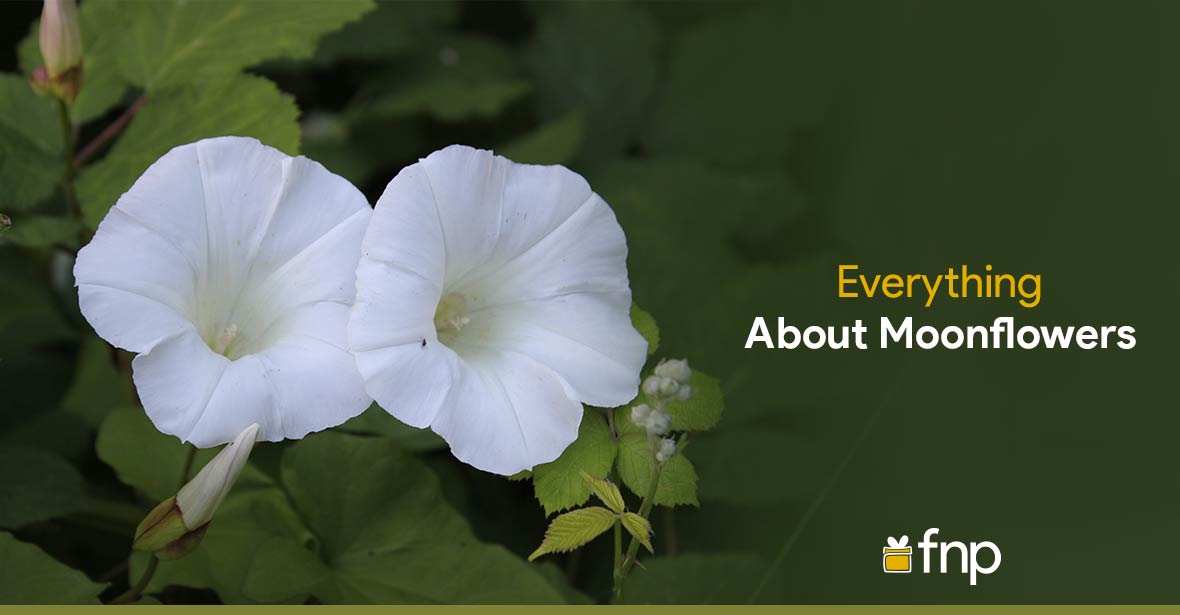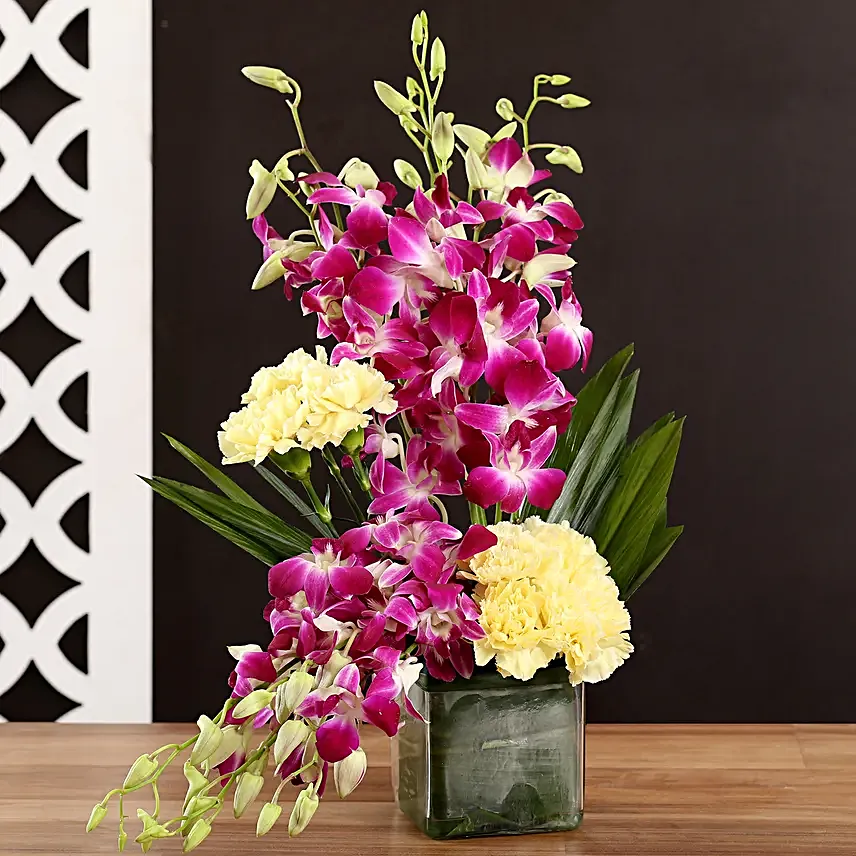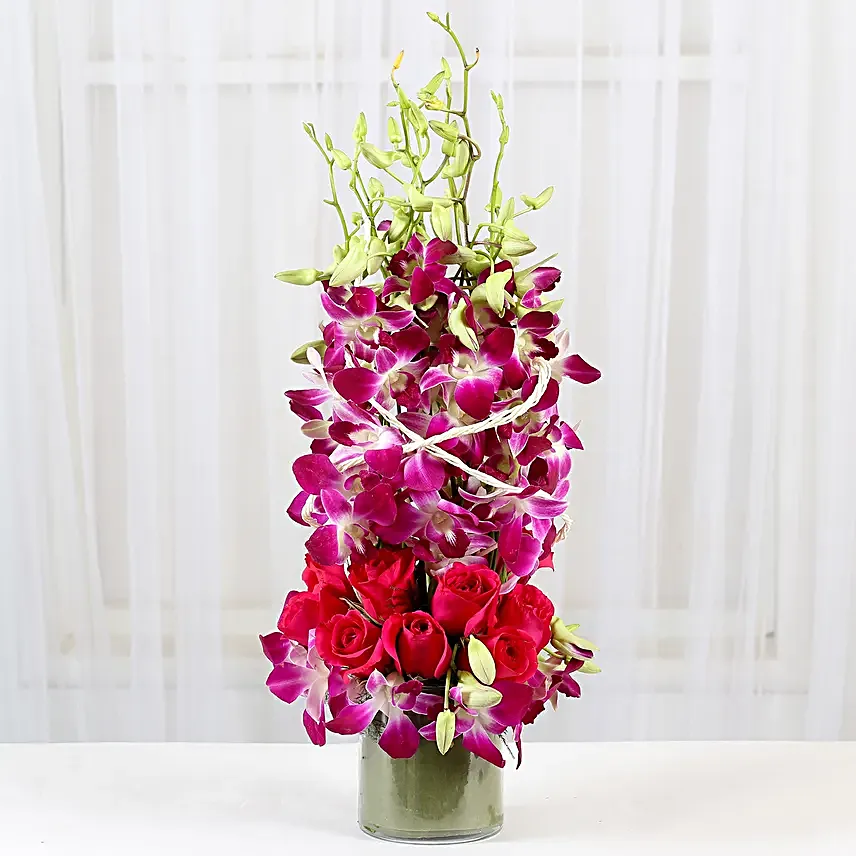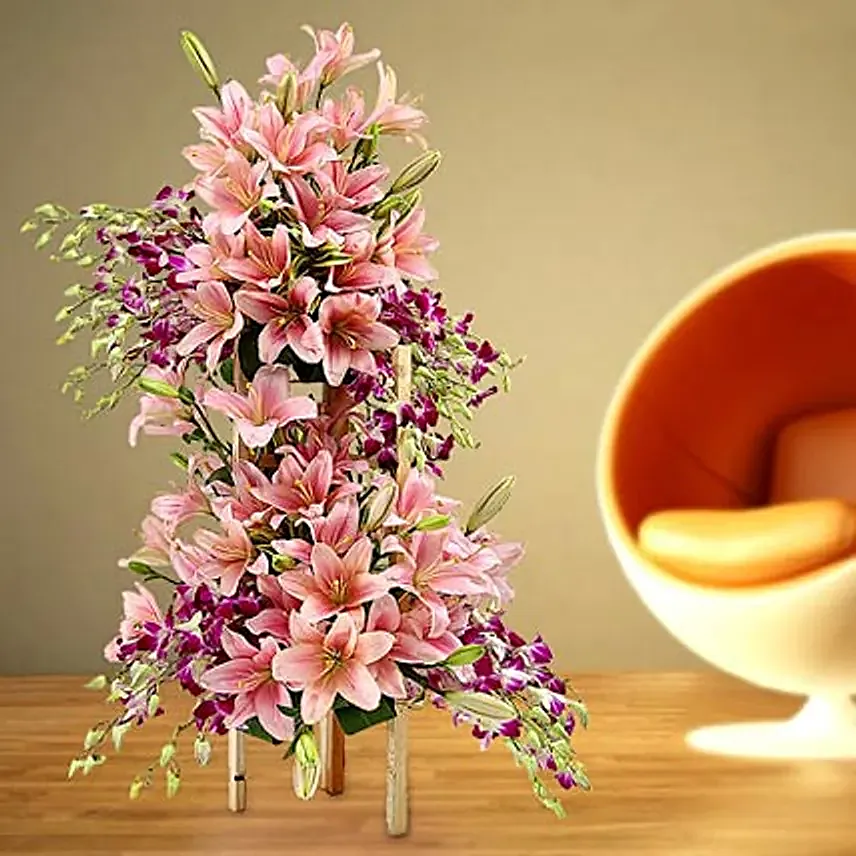Have you Ever Heard About Moonflowers
- Author: Anushka Published: 11th Jul, 2023
Are you a night owl or a late-night stroller? You would love the sight of moonflowers! Moonflowers are large, trumpet-shaped nocturnal plants that unfurl during dusk and shine bright until the sun rises. These fascinating flowering plants are native to tropical & subtropical regions and are known for their fragrant blooms, making them a favourite among gardeners and flower enthusiasts alike. In this article, we will delve deeper into the world of moonflowers and explore everything you need to know about this beauty.

About Moonflowers
Also known as devil's trumpet, jimsonweed and Datura, Moonflowers are renowned for their large size and intense fragrance. These flowers are named after their unique blooming pattern, which only occurs at night. Gardeners prefer planting these breathtaking flowers in conjunction with morning glories since they complement each other and are closely related. Due to their fast-climbing nature, they are best grown near a wall or trellis, as they can reach an impressive height (up to 15 feet).
Moonflower Characteristics
Moonflowers are perennials in warmer regions, but they are often grown as annuals in cooler climates. The flowers can measure up to 6 inches in diameter and emit a sweet, intoxicating fragrance that attracts night-pollinating insects like moths and bats. They also have heart-shaped leaves that are a bright green colour and can reach up to 6 inches in length. The vines are slender and can climb up trellises, walls and fences, making them a popular choice for vertical gardens and landscaping.
How to Grow Moonflowers
Moonflowers are relatively easy to grow and can be grown from seeds or seedlings. They require full sun to partial shade and well-drained soil rich in organic matter. You can plant them in the ground or in containers. Make sure you water them judiciously as they can be susceptible to root rot.
Whether you are a beginner or a plant dad, you can propagate them by taking stem cuttings, which should be taken in the spring or early summer. The cuttings should be dipped in rooting hormone and placed in a well-draining potting mix. Keep the soil moist and the cuttings in a warm, bright location until they root.
Moonflower Care
Moonflowers require minimal care once established, but there are a few things you can do to help them thrive. They should be fertilised with a balanced fertiliser every few weeks during the growing season and any dead or damaged leaves or stems should be removed. Moonflowers can be pruned to control their growth and shape, but this is not necessary.
If you stay in a colder region, make sure you prune your moonflowers after a frost. With a little bit of care and attention, you can enjoy the beauty and fragrance of moonflowers for years to come.
Moonflower Varieties
There are several varieties of moonflowers available, each with their own unique characteristics. Some popular varieties include:
- 'Ipomoea Alba' - a pure white variety with large flowers
- 'Luna' - a dwarf variety that is ideal for containers and small spaces
- 'Candy Pink' - a pink variety that is a popular choice for cut flowers
Moonflowers are a fascinating and beautiful species of flowering plant that are sure to captivate anyone who sees them. Whether you are a seasoned gardener or just starting out, these stunning plants are a great addition to any garden or landscape.





